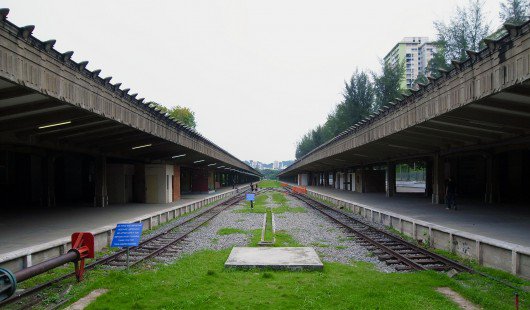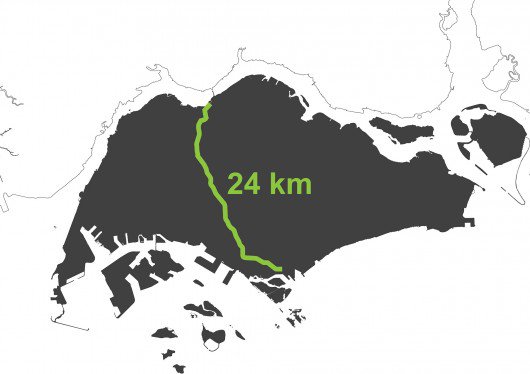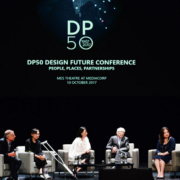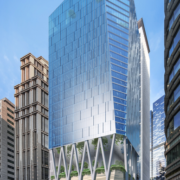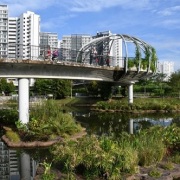OMA Among 5 Shortlisted for Singapore Rail Corridor
Singapore Rail Corridor. Image Courtesy of OMA
MVRDV, OMA and DP Architects are among five shortlisted teams competing to design the Singapore Rail Corridor. Spanning the island south to north, from the Tanjong Pagar Railway Station to the Woodlands Checkpoint, the corridor is the site of Singapore’s previous rail link to Malaysia. With this competition, the Singapore government hopes to develop a feasible plan to transform the 24 kilometer stretch into a public greenway that connects four important urban nodes: Buona Vista, the Bukit Timah Railway Station area, the former Bukit Timah Fire Station, and Kranji.
“The expanse of the corridor running through the centre of the entire country presents an unprecedented opportunity to develop a new typology of landscape with transformative effects for the country as a whole. This is a project that has the potential to improve quality of life for generations to come,” says OMA Partner Michael Kokora.
64 teams responded to the government’s call for ideas, and now only five have been selected to move onto the competition’s second stage. These five teams are…
- West 8 and DP Architects
- Grant Associates and MVRDV with Architects 61
- Turenscape International and MKPL Architects
- Nikken Sekkei with Tierra Design
- OLIN Partnership and OMA Asia with DP Architect
Map of the 24km Singapore Rail Corridor. Image Courtesy of OMA
Evaluation panel member Dr. Malone-Lee Lai Choo, Director for the Centre for Sustainable Asian Cities at National University of Singapore and member of the Rail Corridor Partnership, said, “We were looking for schemes that are particularly strong in responding to the ecology of the site, that respect its natural qualities, while introducing sensitive design interventions to enhance them. They must demonstrate understanding and appreciation of the needs, sentiments and collective aspirations of users and residents. We would also want the Corridor to be an outstanding urban asset, and are therefore open to innovative concepts, particularly in and around the nodes; ideas that demonstrate freshness of approach and potentially exceptional design qualities that will enhance our urban landscape.”
The teams will now develop their proposals and prepare for a public review at the end of this year. The winning design team is expected to be announced in November.


